While assessments are ongoing, Parks Canada officials confirmed Friday afternoon that 358 structures within the townsite in Jasper National Park were destroyed when a wildfire burned through the community this week.

In a series of social media posts, park officials noted about 30 per cent of the town is currently estimated to have been damaged. There are a total of 1,113 structures within the town. They noted that all critical infrastructure in the townsite was successfully protected, including the hospital, an emergency services building, schools, an activity centre and a wastewater treatment plant.

“The area remains closed for public safety (and an) evacuation order is still in effect,” officials said. “The priority for the 154 firefighters in Jasper is to put out any hot spots in the outskirts of Jasper and in the trees directly surrounding the town of Jasper and all structures.
“Cooler conditions are reducing fire behaviour as showers tapered off overnight.”
Premier Danielle Smith joined numerous other officials to speak at a news conference in the area on Friday afternoon and again commended firefighters and other first responders for their brave work to protect the community.
Harjit Sajjan, federal minister of emergency preparedness, spoke about the powerful winds and massive wall of flames faced by firefighters on Wednesday. Officials have said at one point wall of flames was over 100 metres tall.
“What you had to go through was absolutely horrendous,” he said. “Your courage saved so many lives, … structures.”

Richard Ireland, the mayor of Jasper, spoke about the area being well aware of the threat posed by wildfire and how much time and money had been invested to provide training and to improve collaboration between various governments and agencies.
“Despite all of that preparation, the nature of this fire was such that it humbled humans on the ground,” he said. “(Firefighters) did everything they could.
“They are professionals. They knew what they were doing. They had the resources. They did what they could, but in the face of all that, nature prevailed.”

On Thursday night, park officials posted a statement on social media that cooler temperatures and up to 15 millimetres of rain since earlier in the day had resulted in less fire activity.
Temperatures are expected to reach the mid-20s on Saturday, which officials said will likely result in increased fire activity.
Parks Canada officials said fire crews will “take advantage of this time” to work on fire suppression and preventing further spread.
Officials said the three fires presenting the primary risk to the park are now being collectively referred to as the Jasper Wildfire Complex. In all, the complex is believed to be about 36,000 hectares in size.

The townsite and other parts of the park in western Alberta have been hit by wildfires, and this week’s evacuation order resulted in 25,000 people inside the park being forced to flee.
The federal government has approved Alberta’s request for emergency assistance in combating the fires, with Sajjan saying all necessary resources will be brought to bear on the fires.

Get daily National news
Earlier in the week, the federal government said it had approved the Alberta government’s request for military assistance to help with the overall provincial wildfire situation.
On Friday, officials with the Town of Hinton, which is near Jasper National Park, confirmed some members of the Canadian Armed Forces were set to arrive in Hinton later in the day and on Saturday.
“They will be present for approximately three weeks,” town officials said.
Smith and Ireland were set to tour the Jasper townsite on Friday afternoon. Ireland said he was “preparing for the worst” when it comes to some of what he might see.
Smith was also in Hinton late Friday morning to visit a command centre in that town as well as a training centre for Alberta Forestry Division personnel.
Smith said that while firefighters’ efforts and the weather had led to the blaze being significantly subdued, “it is important to note that the fire is still out of control and it remains unsafe for people to return.”
“We know that Jasperites are out of their homes and they will be for several weeks,” she said, adding that she met with other senior members of her government to come up with a plan to expedite a provincial evacuee relief payment program that people normally can only apply for once a fire has forced them out of their homes for at least seven days.
“Recognizing that residents will be out of their homes for more than seven days, our government would like to provide some relief sooner,” Smith said. “Effective today, eligible evacuees from Jasper and from Jasper National Park can apply to receive a one-time payment to help get the support they need. That’s of course $1,250 per adult and $500 per child.”
- Most Canadians want their cars made domestically, KPMG survey shows
- RCMP union cuts into Alberta Next Panel for ‘politically driven’ recommendation to shed Mounties
- What’s ahead for Lululemon in 2026 amid stock, CEO and investor questions?
- Vancouver Whitecaps to settle fan lawsuit claiming Messi no-show
Evacuees can click on the Alberta government’s website for the program here.
Utility company enters Jasper
Ireland said the ATCO utility company has sent crews in to Jasper to restore power and gas. Smith warned that the process will take a long time as crews go through the community “building by building and house by house” to ensure everything is safe.
Ireland said while a “glimmer of hope” is beginning to emerge, and that it “feels a bit like a turning point,” it is far too soon to begin trying to guess when re-entry could become a possibility, even though officials are already working on plans because there is so much work to do.
“Fire continues to ravage Jasper National Park,” he reminded people. “The fire continues in our community.”
RCMP K Division assistant commissioner Trevor Daroux said once people are allowed to return to Jasper, it will be done in a phased approach.
“Obviously there’s some areas that are less impacted than others within the community and we’ll be looking at that and making sure that we can go back,” he said.
Daroux added that officers are doing roving patrols in Jasper to ensure the townsite and its properties are kept safe.
“We want citizens to know that when they’re away from their residences, we’re going to do everything we possibly can to ensure those residences are safe,” Daroux said.
“We’re here to protect their property until the decision is made that they can safely return.”
Daroux echoed Ireland’s comments about the danger the community still faces because of the current wildfire situation.
“Right now, it’s not a stable environment,” he said of the townsite. “People can’t go back, for their own safety.”

Ireland said he hopes it will be possible to inform Jasper residents very soon in terms of what has happened to their individual homes or businesses.
“There will be a sad mix of people who have lost their homes and livelihoods,” he acknowledged.
Officials face question about fire preparedness
Officials from all three levels of governments were asked questions by reporters about whether enough was done to prepare for the possibility of a wildfire catastrophe as experts have warned of the risk Jasper faced because of pine beetles’ impact on forests.
Ireland said he believes all levels of government, including the municipality, were as prepared as could be.
“We live in a forested, mountain community. Most of us live there by choice,” he said. “That means our community is exposed to the threat of wildfire. … The forest around us and the condition of the forest was absolutely affected by the pine beetle.
“The preparation that was done was done thoughtfully and professionally. … What we could do to protect the town was done.”
Ireland and Sajjan both noted how massive the wall of fire that burned through the community was, with flames now believed to have been even higher than the initially estimated 100 metres in height, and fuelled by wins of more than 125 kilometres per hour.
“These winds that came and shifted — it just changed the whole calculous,” Sajjan said.
Ireland said that while “conditions were indeed present for that sort of calamity,” the preparation for a wildfire emergency was done.
“We simply cannot do enough to protect us against all risk.”
Sajjan agreed, calling that preparation “first-class” and saying Jasper is one of the most “fire smart” communities in all of Canada.
“What we need to start doing is looking at what are these weather pattern shifts,” he said, speaking about the rapidly changing conditions that unfolded Wednesday night.
Todd Loewen, Alberta’s forestry and parks minister, said he believes there is a need to become more aggressive when it comes to employing forest management tactics like prescribed burns and “harvesting forest.” He acknowledged that such steps are sometimes unpopular because of how beautiful Alberta’s forests are.
“(But) that forest will change, either by us changing it, or wildfire.”
Latest on Alberta wildfire situation (as of 4 p.m. on July 26)
As of 4 p.m. on Friday afternoon, there were 170 wildfires burning across Alberta and 49 were deemed to be out of control.
At least 20 new wildfires have broken out in the province’s forest protection areas since Wednesday.
“(Alberta’s) response is focused on the wildfires that pose a direct threat to human life, communities, critical infrastructure and major industrial facilities,” government officials said in an email on Thursday night.
“Alberta currently has nearly 1,900 personnel, 156 helicopters and 21 aircraft responding to wildfires across the province.”
The province is receiving assistance from other jurisdictions in the form of personnel and other resources.
An Alberta Wildfire spokesperson said Thursday that 100 firefighters were expected to arrive from Mexico later in the day, 200 are expected to arrive from South Africa on Friday and 100 additional firefighters are expected to arrive from Australia and New Zealand on Sunday and Monday.
“Although lightning has caused more than half of wildfires burning today, the other half are caused by people,” officials said. “Albertans are urged to prevent any additional fire starts that will add to the already extreme wildfire situation.”
Since Jan. 1, there have been 977 wildfires in Alberta’s forest protection areas, burning more than 550,000 hectares.
For the latest information on which areas in Alberta are under an evacuation alert or order due to a wildfire, visit the Alberta Emergency Alert website.
For the latest information on the wildfire status and danger across the province, visit the Alberta Wildfire website.
The latest information on fire advisories, restrictions and bans across the province can be found on the Alberta fire bans website.
For the latest on road closures in Alberta, you can visit the 511 Alberta website.



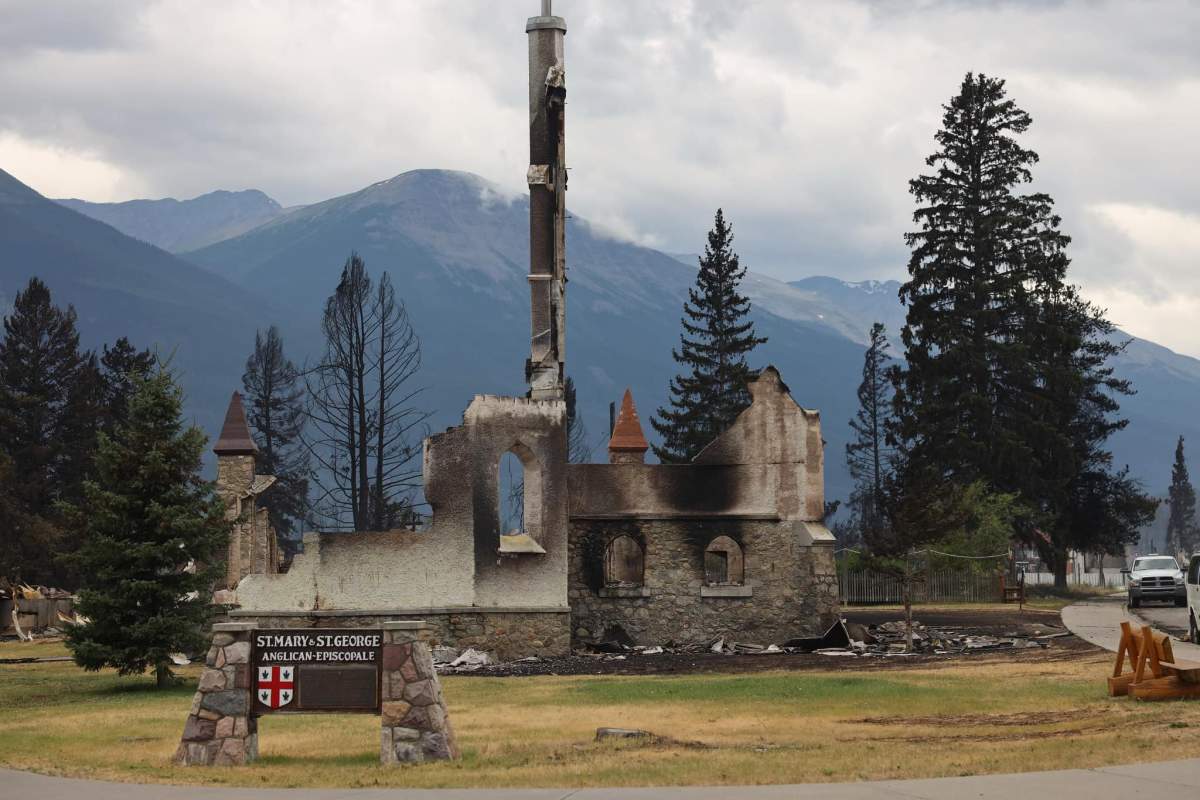

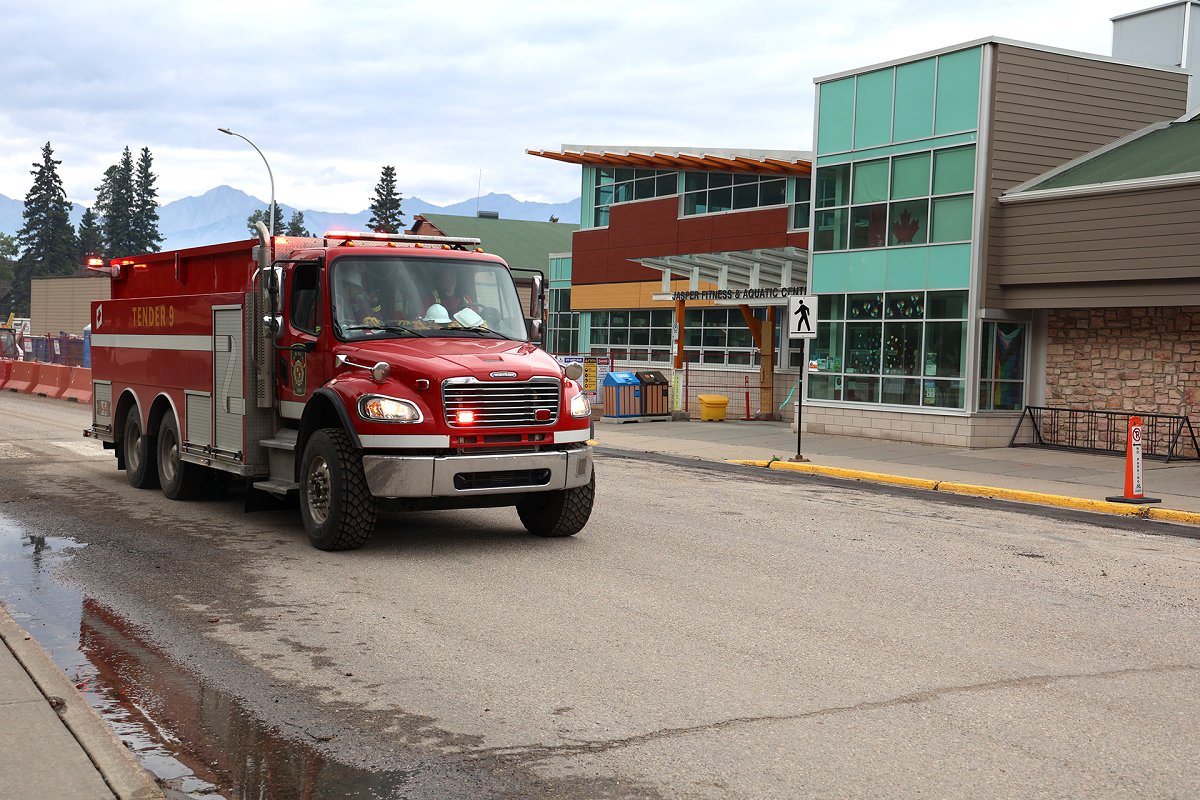



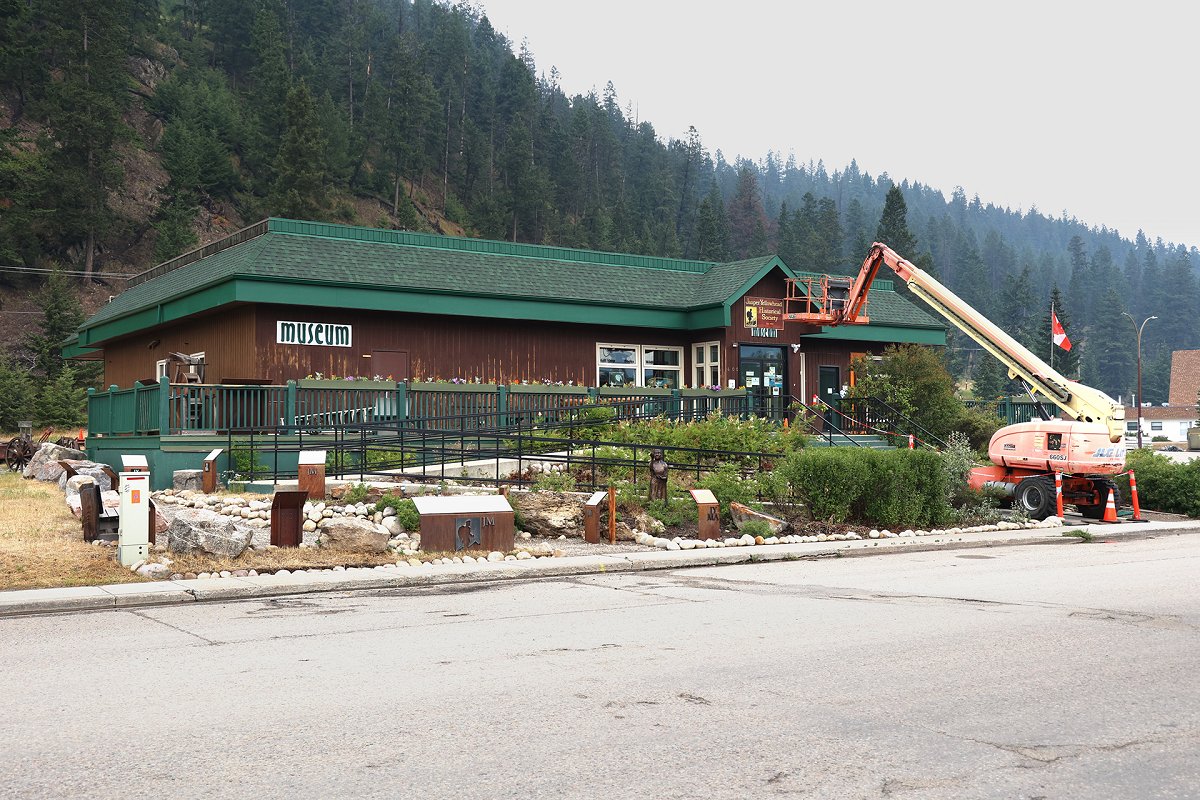





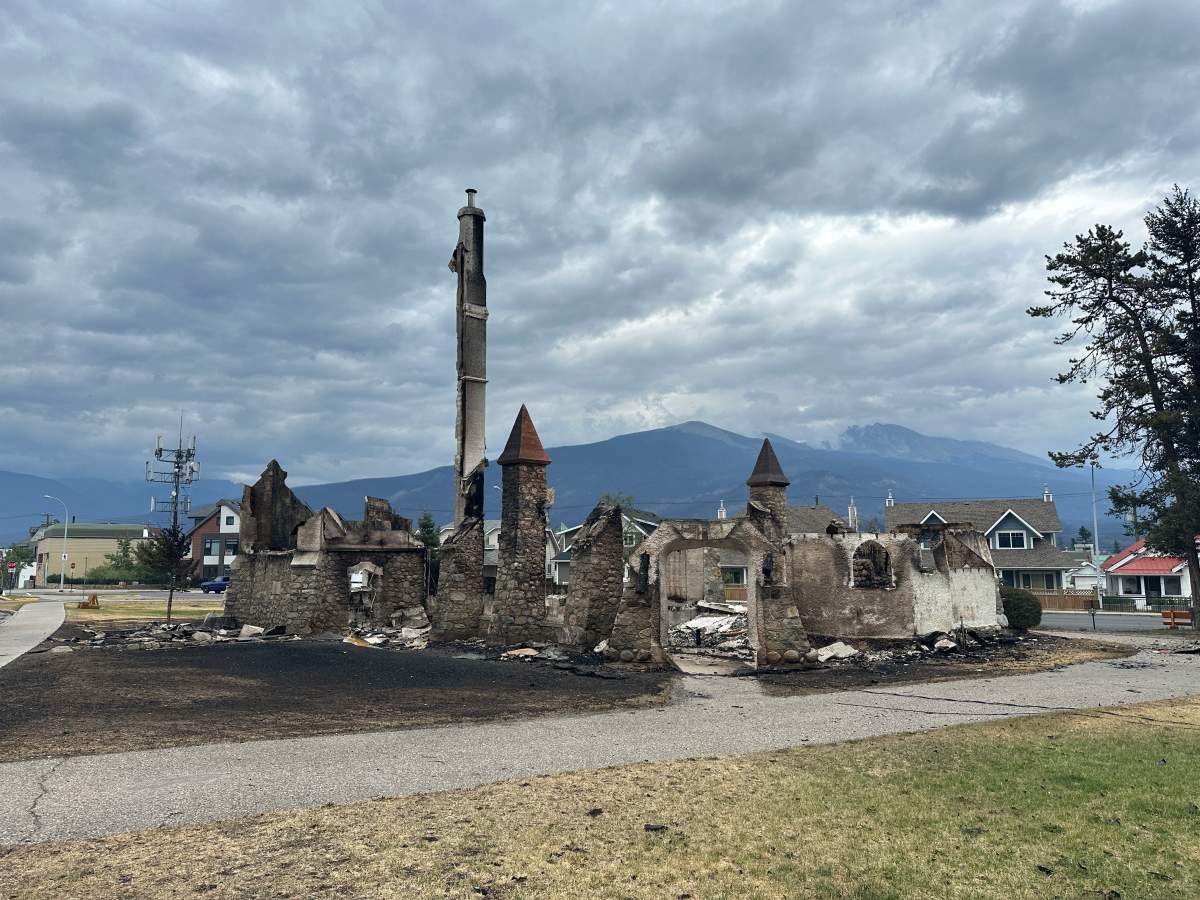

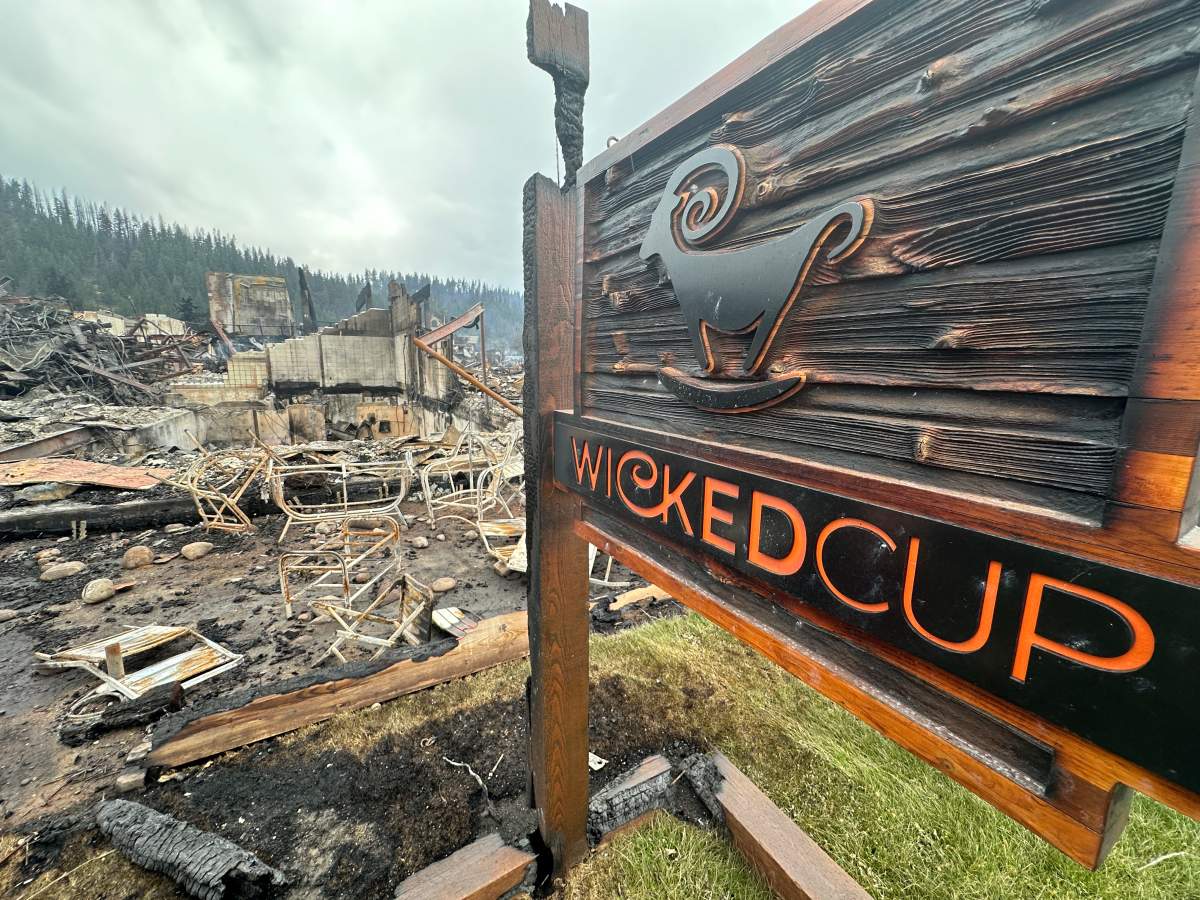

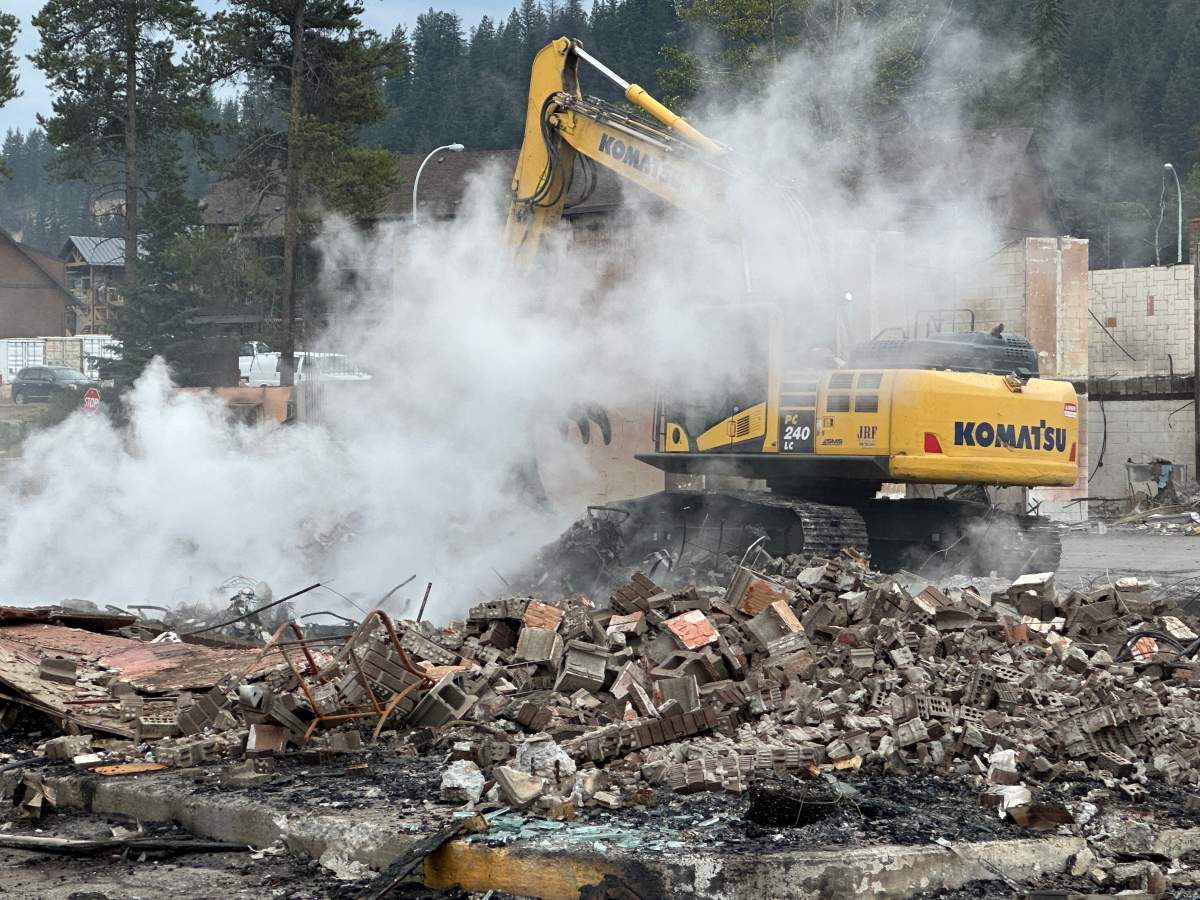

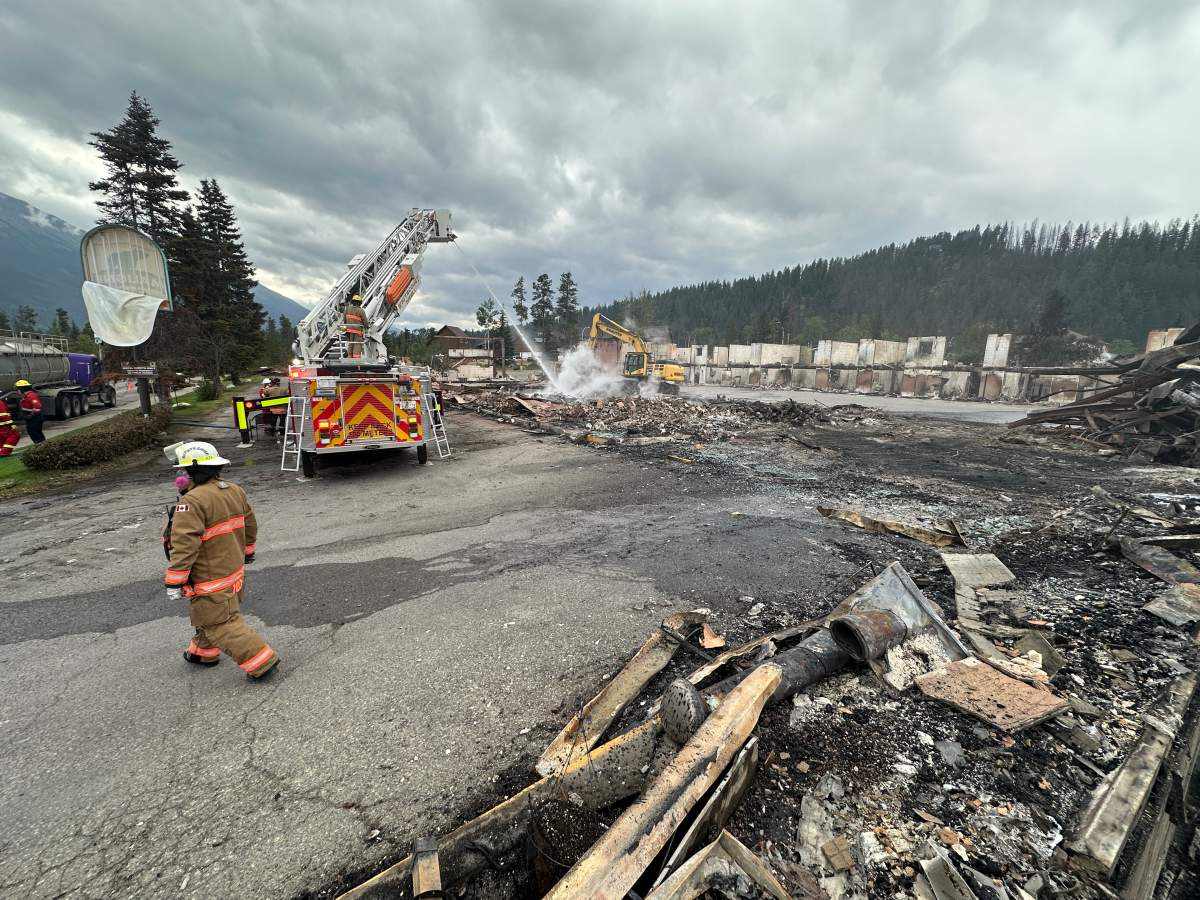

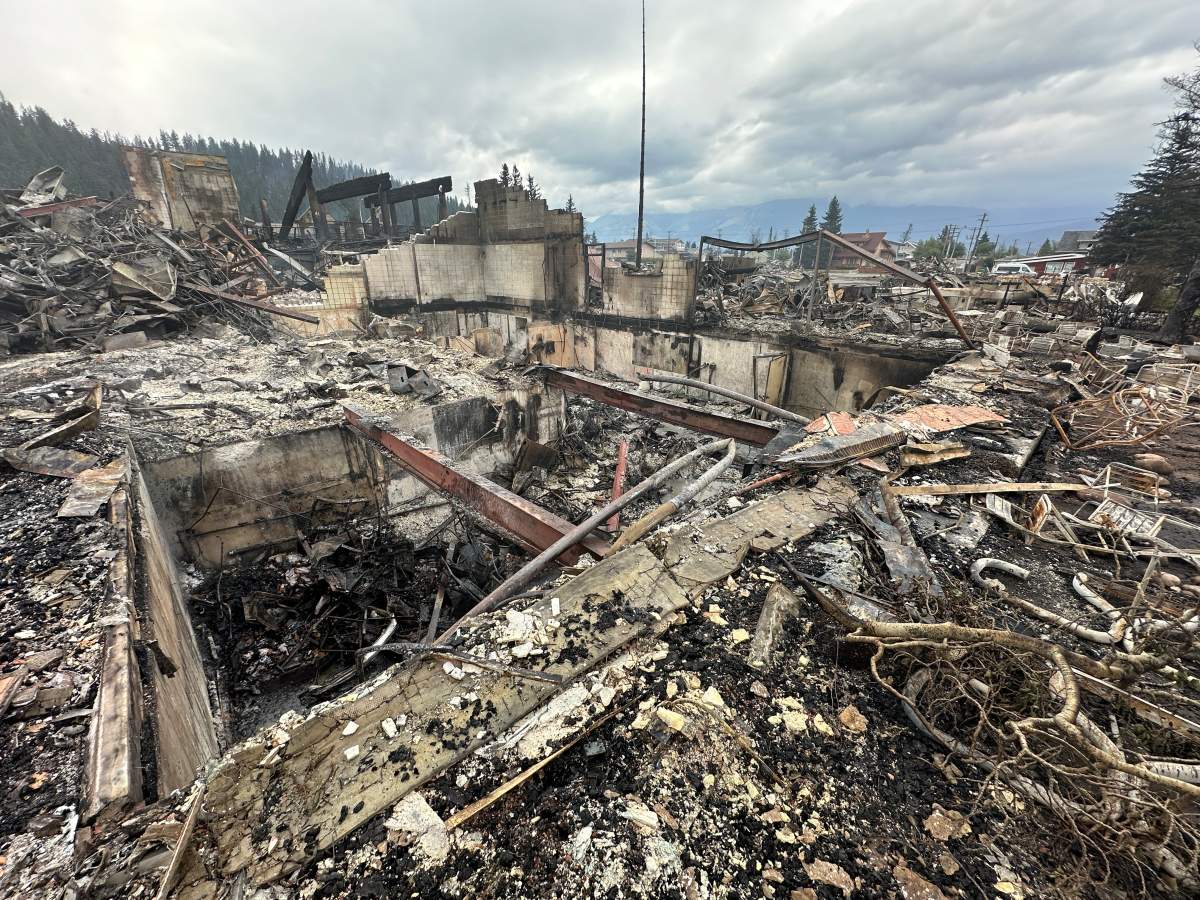

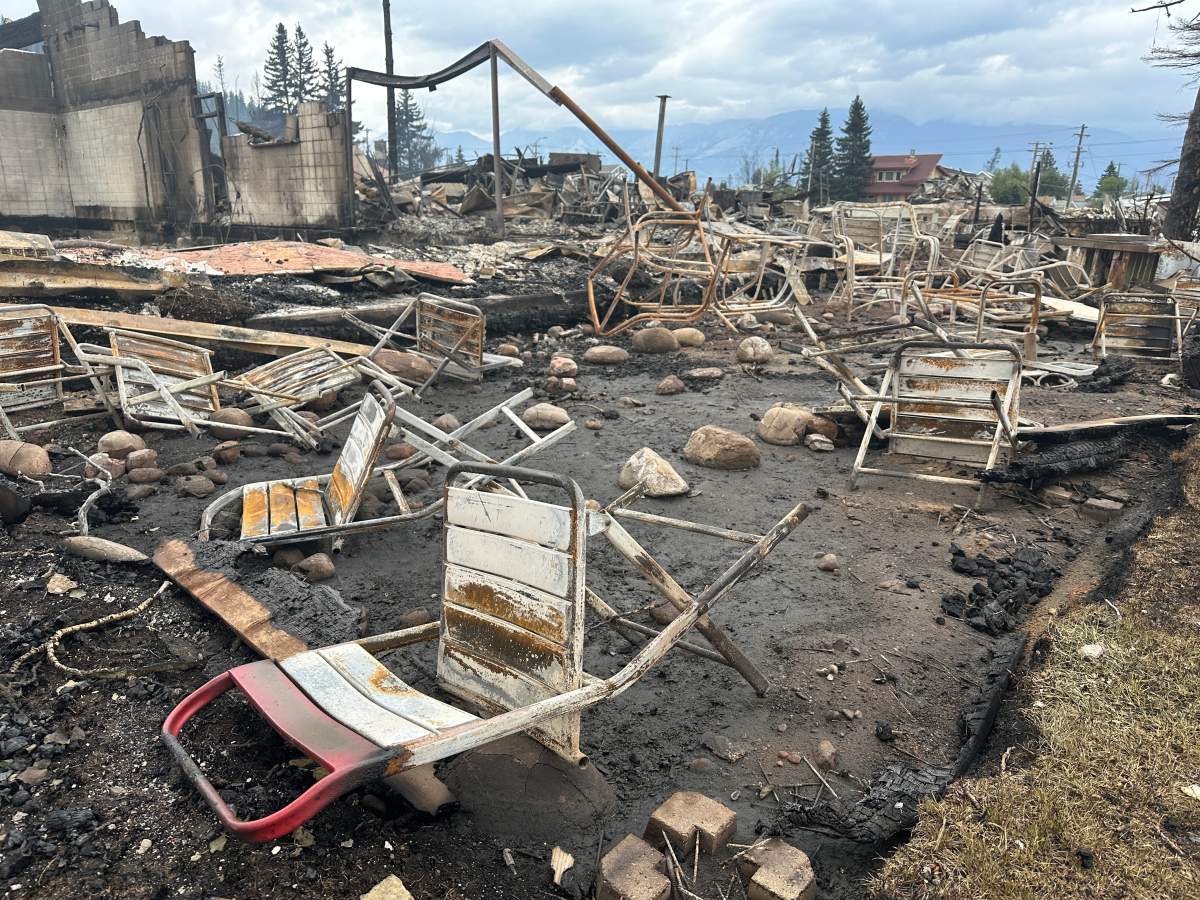

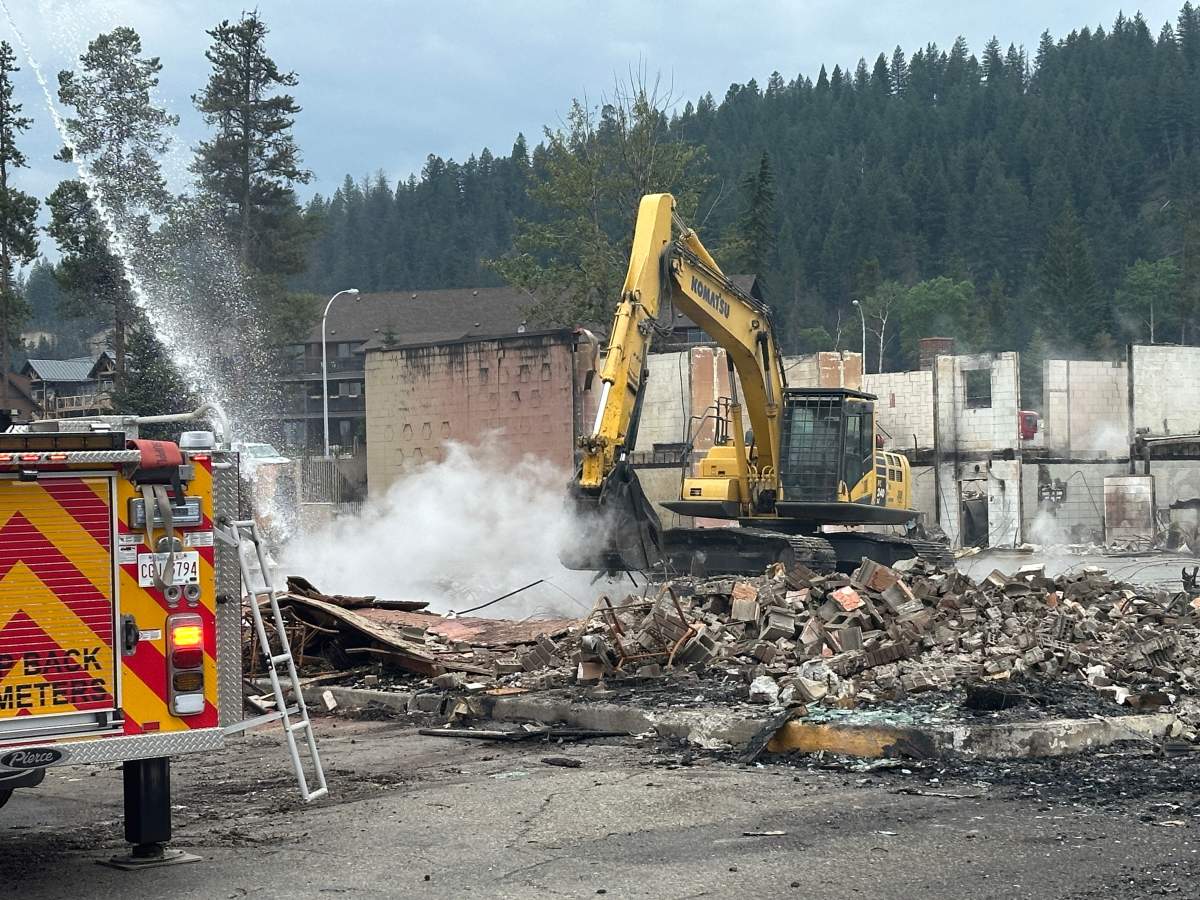



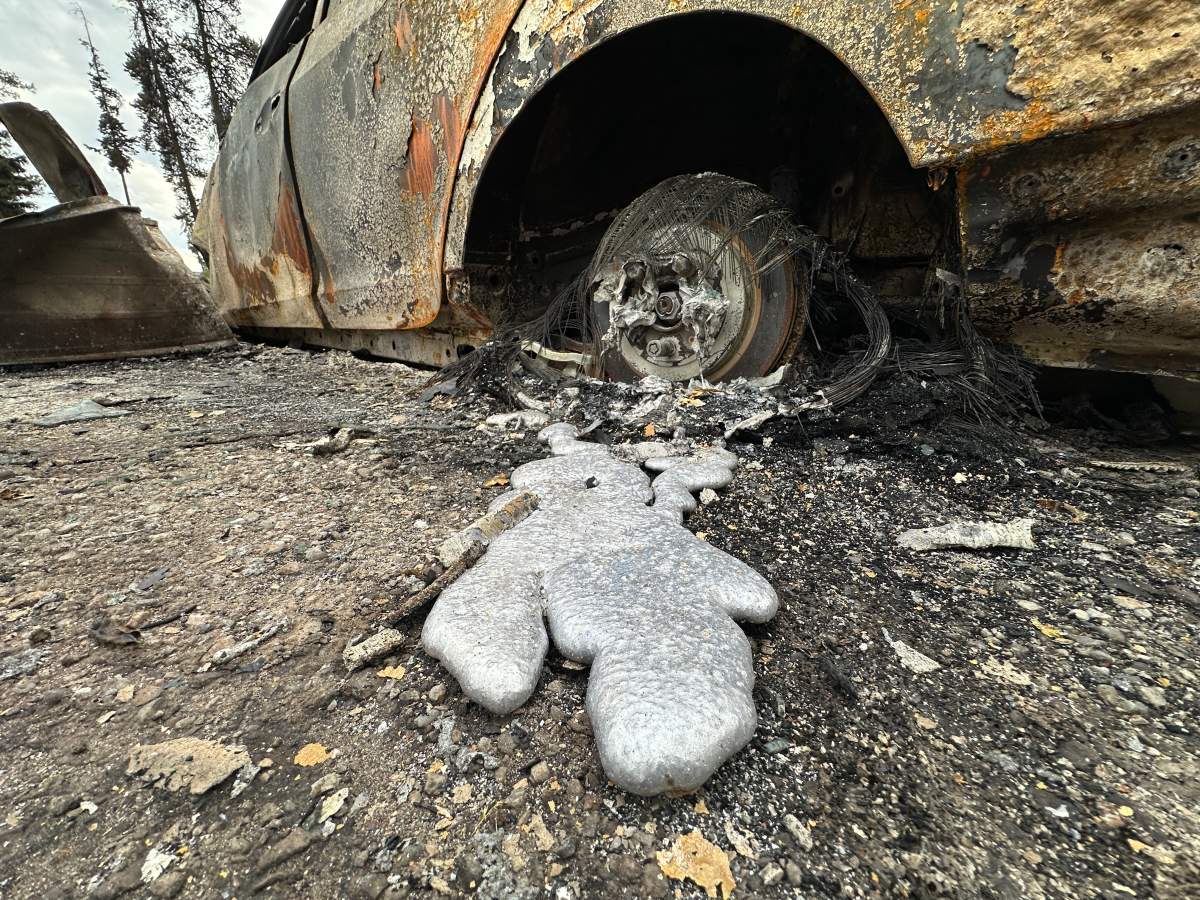

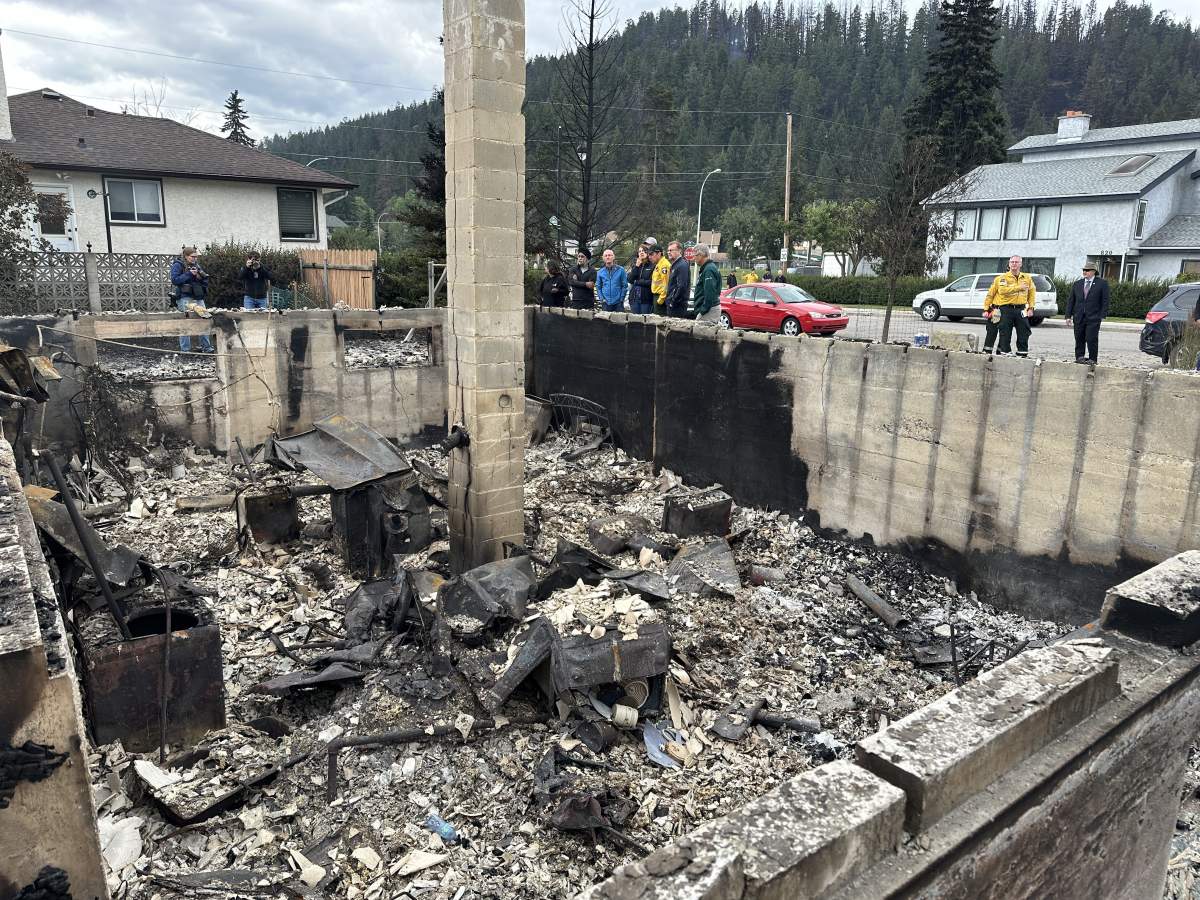





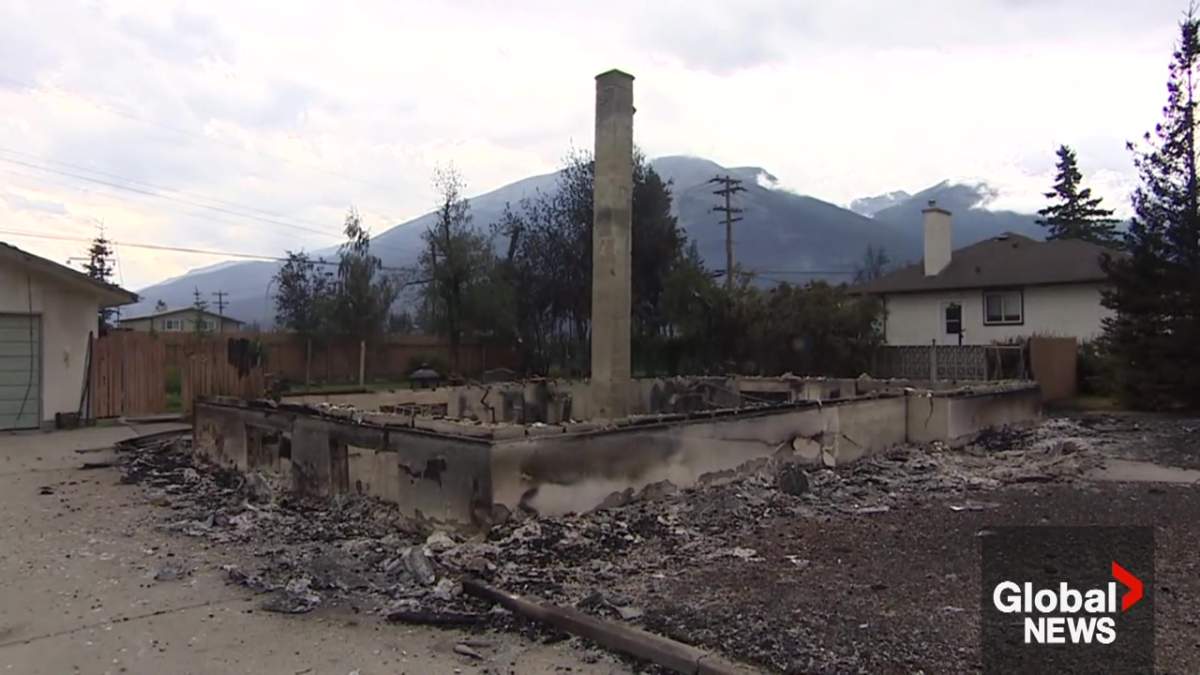



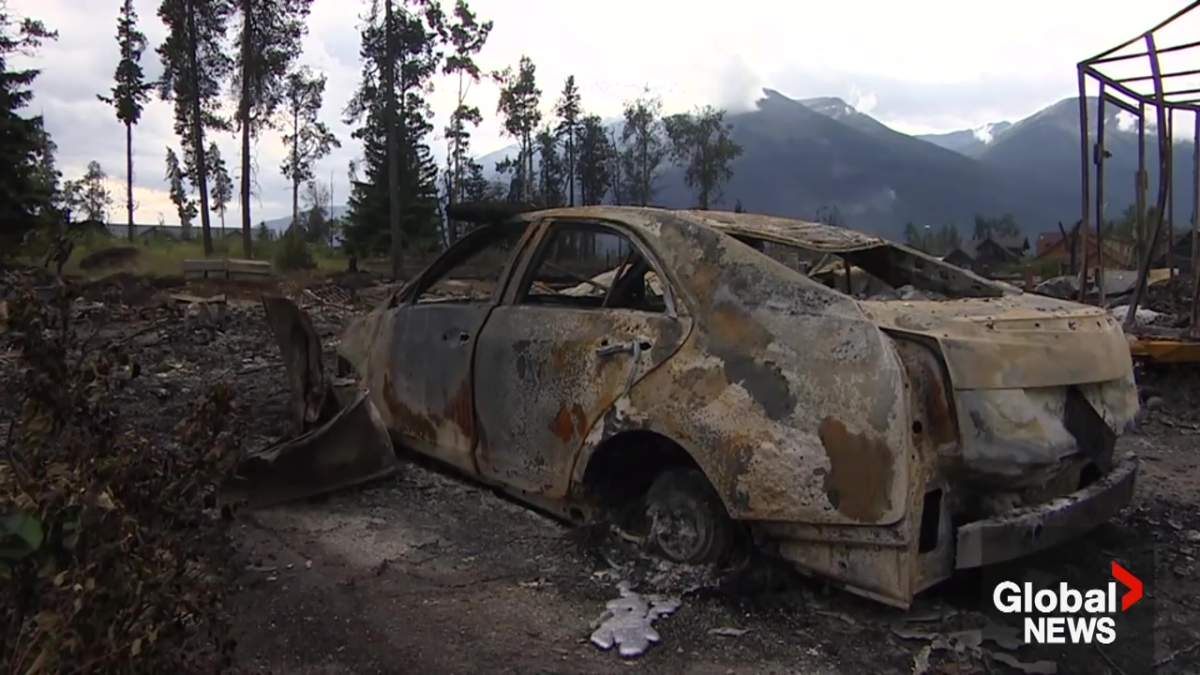



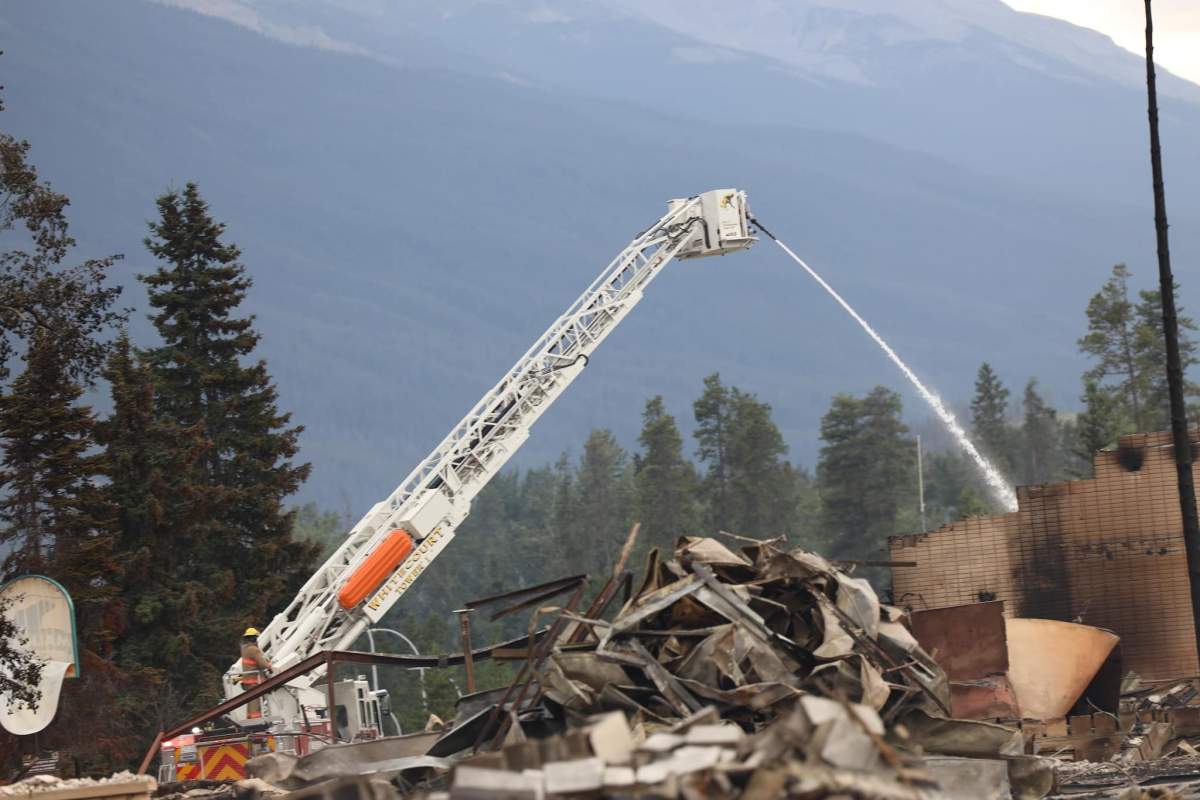



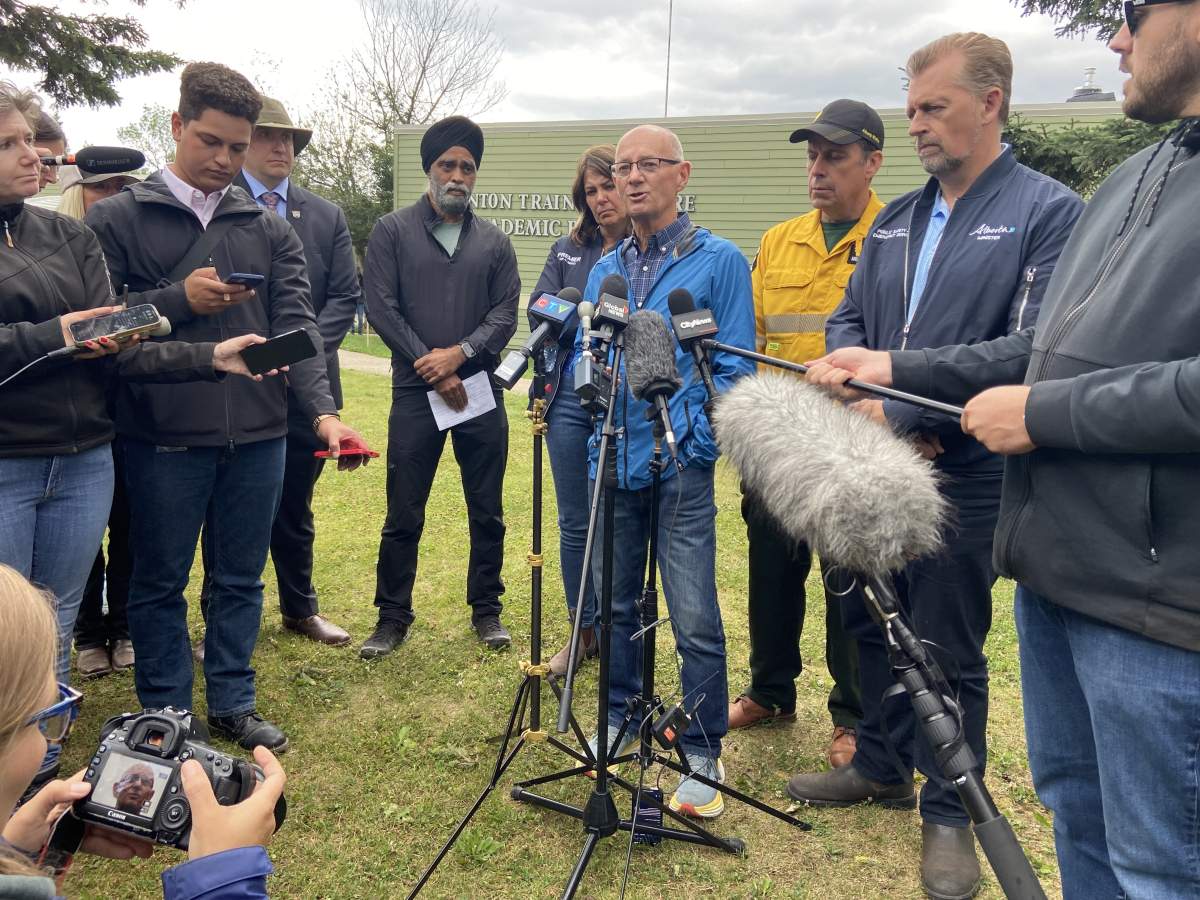











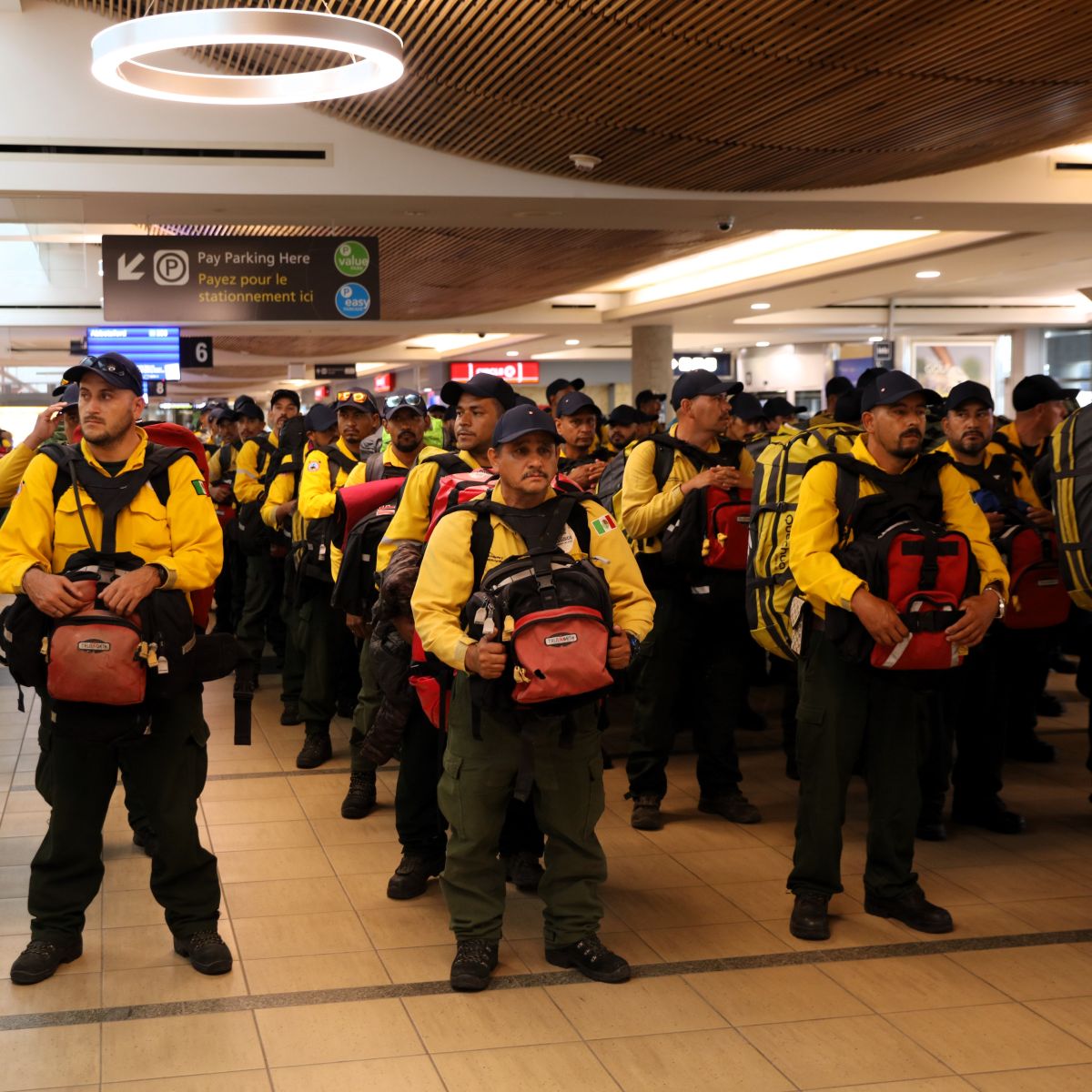



Comments